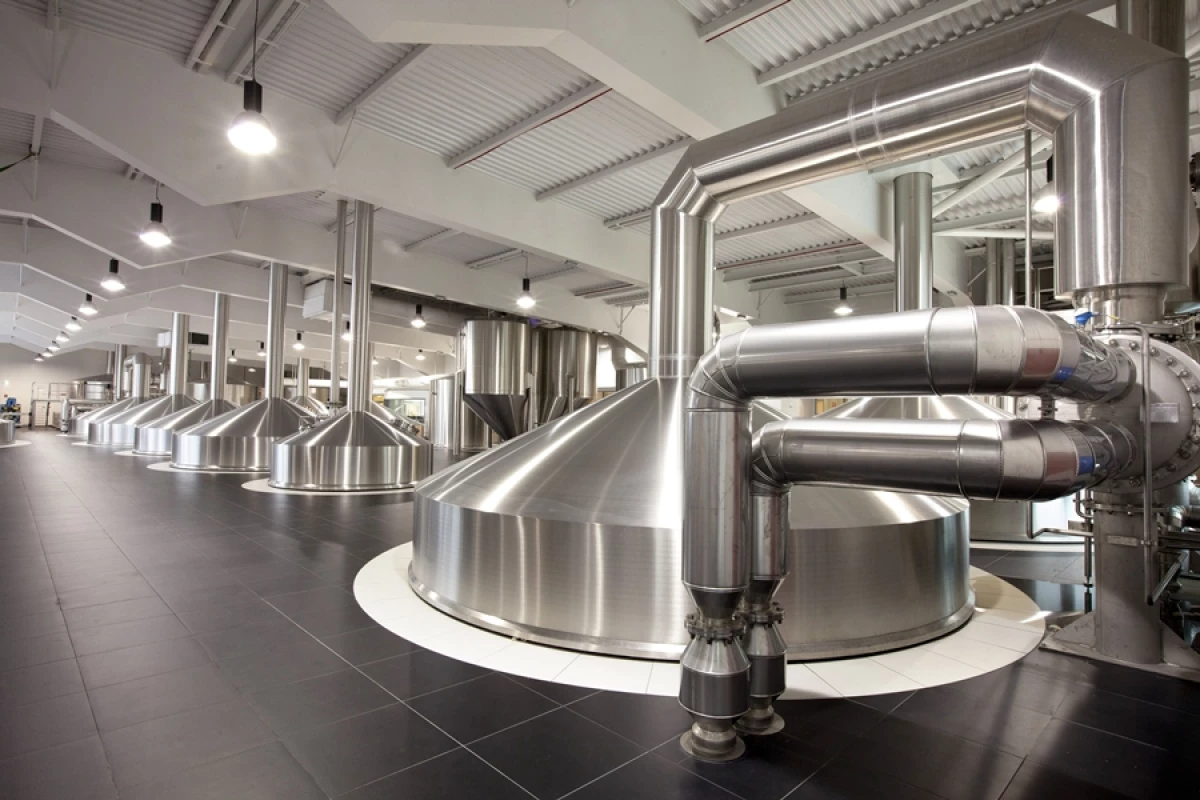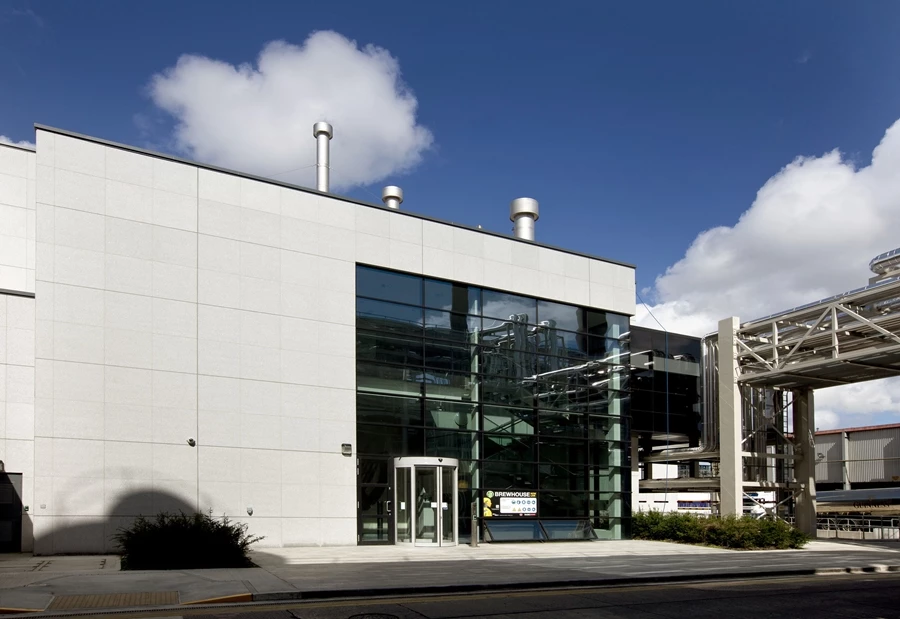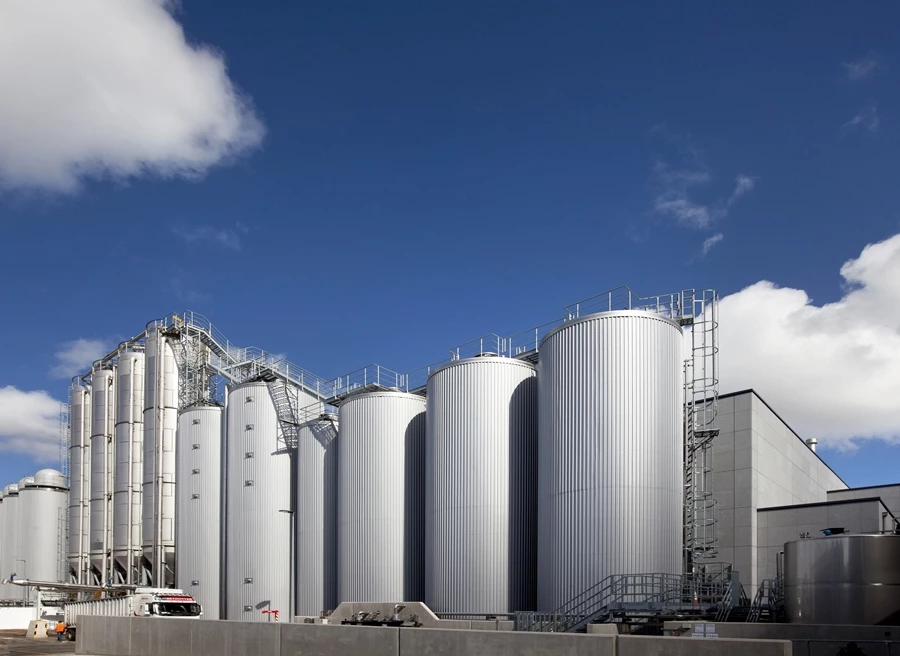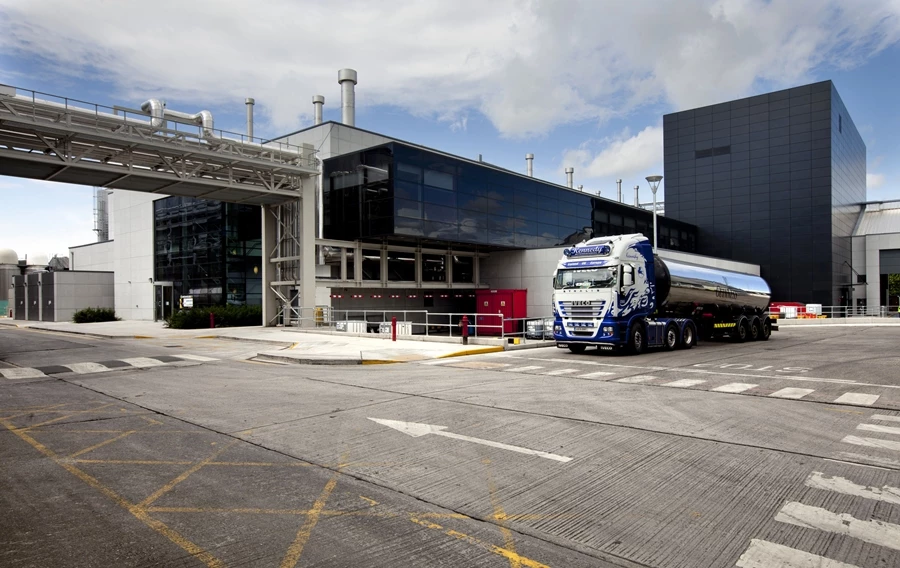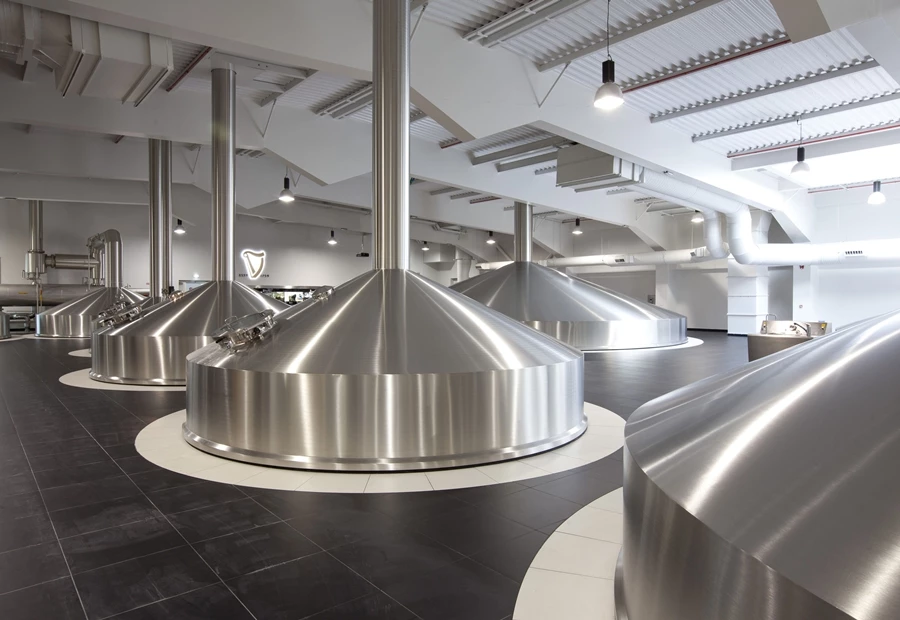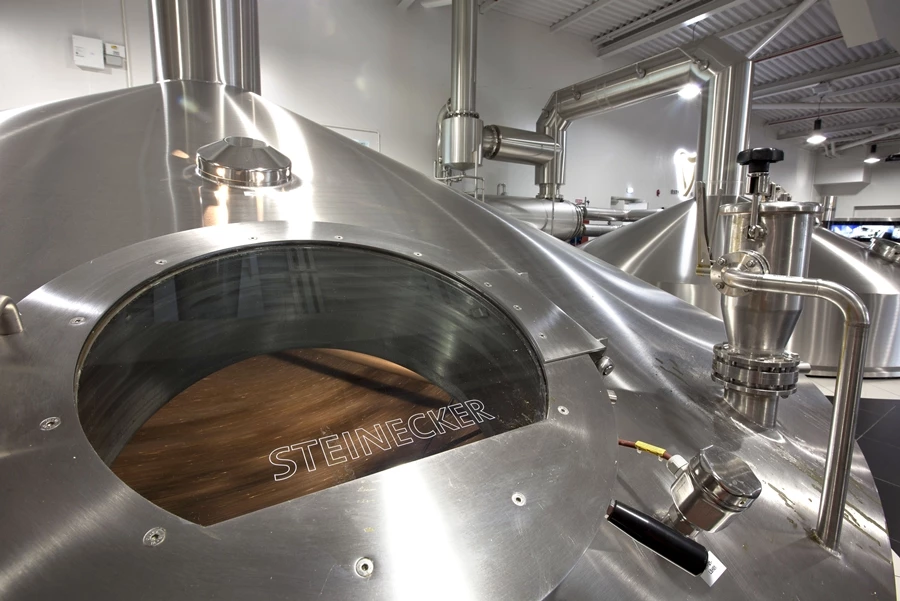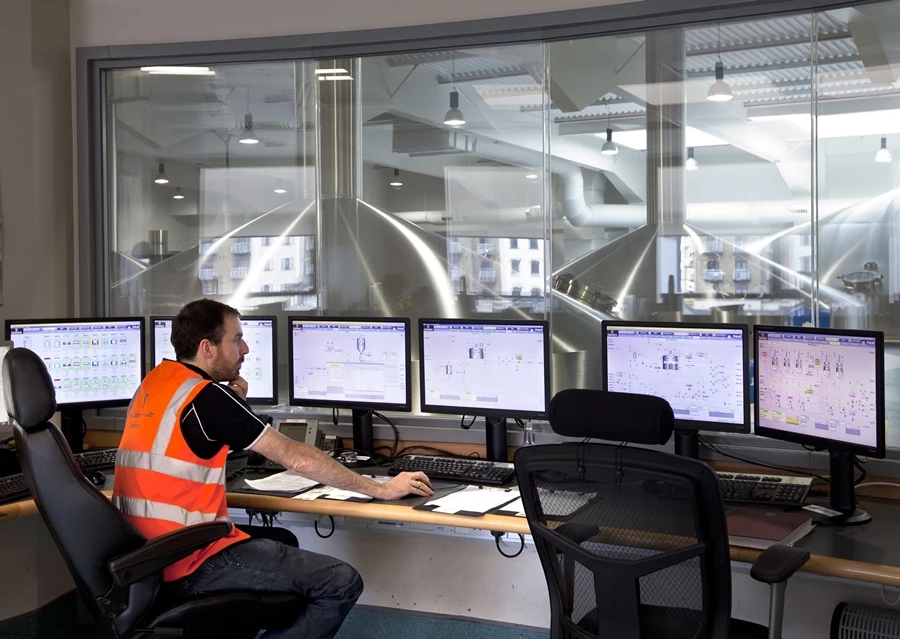Guinness, the Irish stout, is famously dark with a creamy head. It is also increasingly green. A newly-opened Guinness brewhouse has been awarded LEED Platinum certification. Brewhouse No. 4 at St. James’s Gate in Ireland was also awarded BREEAM Outstanding certification last year.
LEED and BREEAM certification are measures of how green a building's design, construction, maintenance and operation are. Platinum is the highest LEED level available, which Brewhouse No. 4 is said to be the first major brewery in the world to have received. Its BREEAM score, meanwhile, is said have been the highest of any industrial building in the world in 2014.
The brewhouse was opened last September, having been designed and built between May 2012 and June 2013. According to Diageo – the company that makes Guinness – it is the largest stout brewhouse in the world and is capable of producing 300,000 pints in every two-hour brew.
Amongst the sustainability features involved in the brewing process are an energy recovery system that reduces the need for steam heating, and a hybrid refrigeration system that aims to run at 0 ºC instead of -4 ºC (32 ºF instead of 25 ºF). Elsewhere, the building's orientation has been optimized, solar shading and high-performance insulation installed, and automatic high-efficiency lighting employed.

A combined heat and power plant (CHP) provides electrical energy for the building. This is coupled with a low-energy heating, ventilating and air conditioning (HVAC) system, with air conditioning restricted to only certain parts of the building.
Low-flow water fixtures are used in the building, and an estimated 180 cu m (6,400 cu ft) of rainwater will be harvested for use annually. Facilities for cyclists, low-fuel / fuel-efficient vehicles and carpooling are also provided to encourage green commuting.
As a result of the sustainability efforts, Brewhouse No. 4 is carbon neutral and has achieved zero waste to landfill status for both its construction and ongoing operation. It is also said to use 33 percent less thermal energy in the production process and 14 percent less water to make a brew than the previous facility.
Sources: Diageo, RKD Architects
